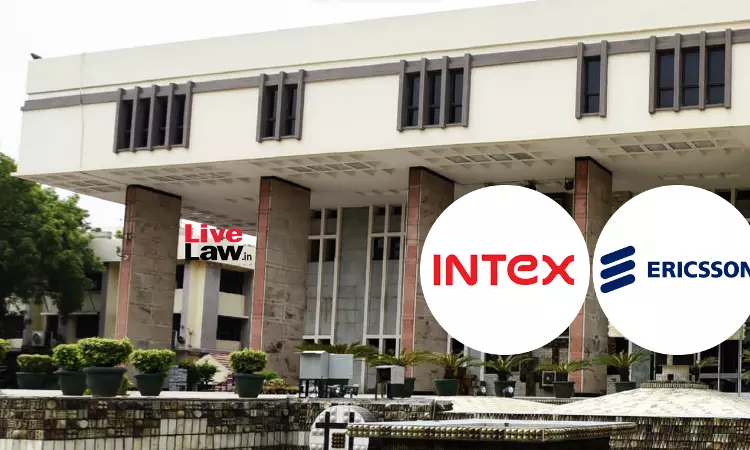Standard Essential Patent Owners Can Pray For Interim And Final Injunctive Relief If Infringer Deemed To Be An ‘Unwilling Licensee’: Delhi High Court
LIVELAW NEWS NETWORK
31 March 2023 11:20 AM IST

Foreign Jurisprudence On ‘Standard Essential Patent’ Has To Be Adapted In Indian Realities As India’s Judge Population Ratio Extremely Poor And Expeditious Disposal Of Patent Suits Not Expected: Delhi HC
Next Story


